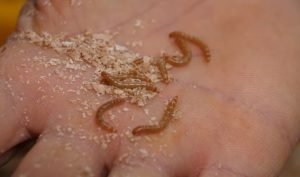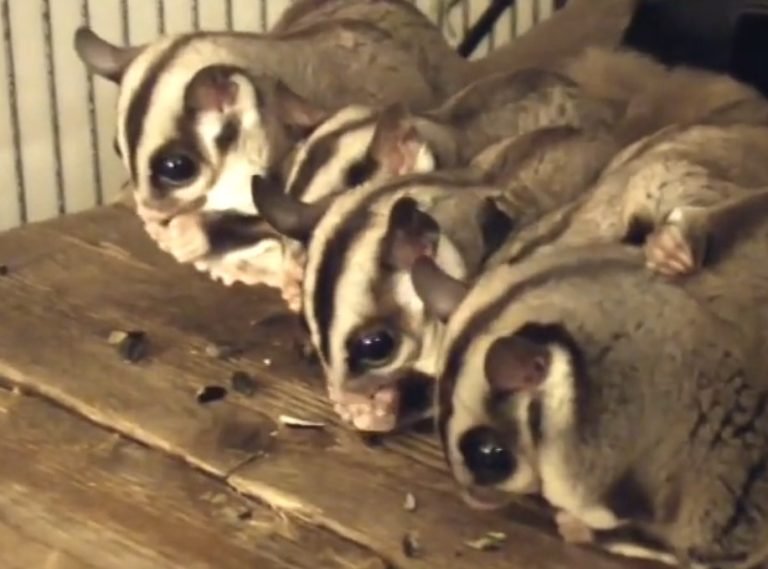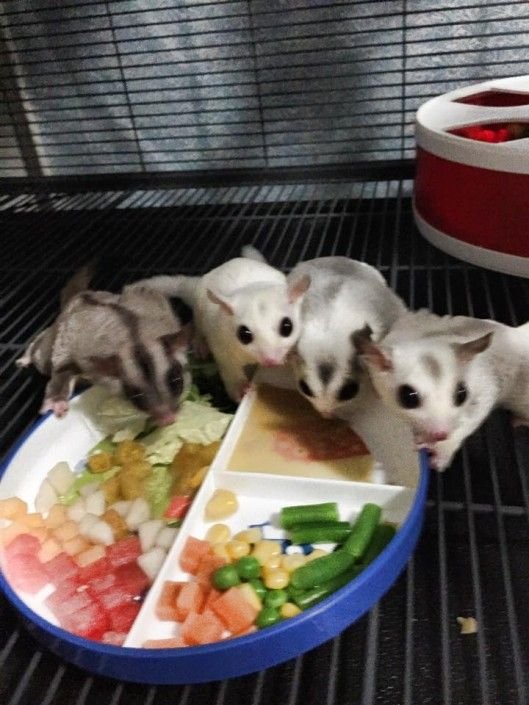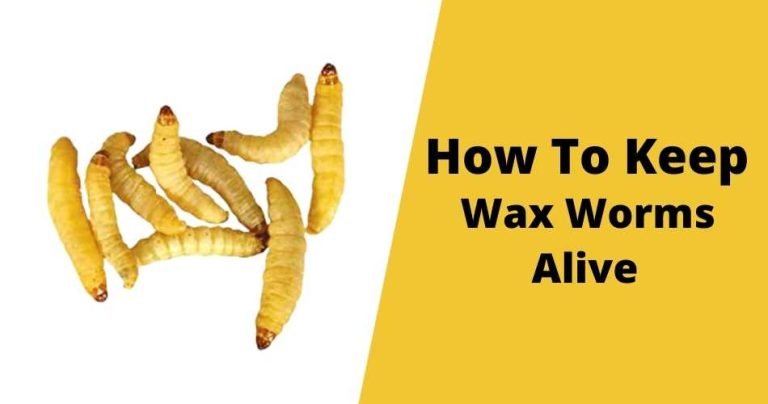Are Mealworms And Superworms The Same
Are Mealworms and Superworms the Same?
If you’re someone who likes to keep reptiles or birds as pets, then you’ve probably come across mealworms and superworms. These two insects are commonly used as live feeders for different animals. But are mealworms and superworms the same? In short, the answer is no. While both of these insects belong to the same subfamily (Tenebrioninae), they have distinct differences in terms of appearance, size, lifecycle, and nutritional value. Let’s dive deeper into these differences and understand why mealworms and superworms are not interchangeable.
Appearance
One of the most apparent differences between mealworms and superworms is their appearance. Mealworms are cylindrical in shape with a hard exoskeleton. They have six small, jointed legs, and their bodies are segmented into distinct sections. Superworms, on the other hand, have elongated bodies with a more pronounced curviness. While mealworms have a dark brown color, superworms are typically darker with black stripes running along their bodies.
Size
Size is another differentiating factor between mealworms and superworms. Mealworms are relatively smaller and measure around 1-1.5 inches in length. Superworms, however, are significantly larger and can grow up to 2 inches or more. Their width is also greater than that of mealworms, making them a more substantial meal option for larger animals.
Lifecycle
Mealworms and superworms also differ in terms of their lifecycles. Mealworms go through a process called complete metamorphosis, which consists of four stages: egg, larva, pupa, and adult. The eggs hatch into tiny mealworm larvae, which then grow and shed their exoskeletons several times during the larval stage. Eventually, they enter the pupal stage and emerge as adult beetles.
Superworms, on the other hand, undergo a process known as incomplete metamorphosis. Their lifecycle consists of three stages: egg, larva, and adult. The eggs hatch into superworm larvae, which continue to grow and molt until they reach adulthood. As adult beetles, they can mate and lay eggs, starting the lifecycle once again.

Nutritional Value
When it comes to nutritional value, mealworms and superworms offer slightly different benefits. Both insects are high in protein, which makes them an excellent source of nutrition for animals. However, superworms tend to have a higher fat content compared to mealworms. This higher fat content can provide a valuable energy source for certain animals, particularly those with higher energy requirements.
Feeder Preferences
Another factor to consider when choosing between mealworms and superworms is the preference of the animal that will be consuming them. Some animals have a strong preference for one over the other. For example, smaller reptiles or birds may find it easier to consume mealworms due to their smaller size and softer exoskeleton. On the other hand, larger reptiles or birds with more robust jaws may find superworms more suitable, given their larger size and harder exoskeleton.
Frequently Asked Questions
1.Are mealworms and superworms safe for pets?
Yes, both mealworms and superworms are safe for pets when fed in moderation. However, it’s crucial to ensure that the insects you offer are raised in a clean and controlled environment to avoid any potential health risks.
2.Can I breed mealworms and superworms at home?
Yes, mealworms and superworms can be bred at home with the right setup and conditions. The breeding process involves providing a suitable substrate, temperature, and moisture levels to encourage the insects to lay eggs and reproduce.
3.What other insects can be used as feeders?
There are several other insects that can serve as feeders for reptiles, birds, and other animals. Some common options include crickets, dubia roaches, waxworms, and fruit flies. Each insect offers its own unique nutritional profile and benefits.
Final Thoughts
While mealworms and superworms may appear similar at first glance, they are, in fact, distinct insects with notable differences. Understanding these differences is crucial when it comes to selecting the right feeder for your pets. Factors such as size, appearance, lifecycle, nutritional value, and feeder preferences all play a role in determining which insect is the most suitable choice. By considering these factors and catering to the specific needs of your pets, you can ensure that they receive the optimal nutrition they require for a healthy and thriving life.







